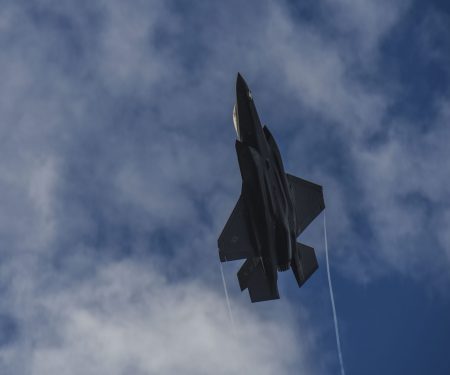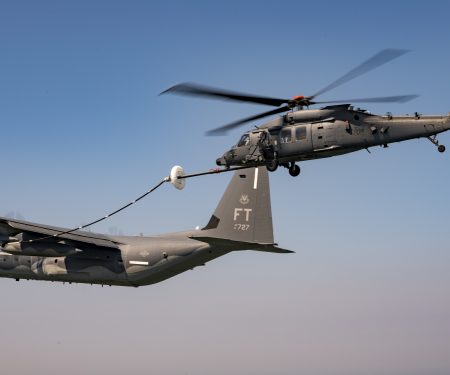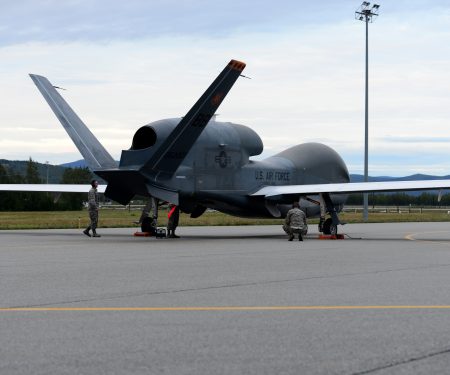Jolly Green II Begins Aerial Refueling Tests
Senate Confirms Air Force, Space Force Leaders
Russian MiG-31s Allegedly Intercept Global Hawk Over Arctic Waters
Teams Impress Tyndall with Future Base Tech
Virtual Events: Scowcroft Group’s Miller on Mitchell’s Nuclear Deterrence Series, and More
Radar Sweep
Snapshot: DOD and COVID-19
Here's a look at how the Defense Department is being impacted by and responding to the COVID-19 pandemic.
Unresolved IG Recommendations Piling up at DOD
When the Pentagon’s inspector general makes recommendations to Defense Department officials as part of its audit and oversight work, the department’s leadership usually agrees with them. Whether or not they’re actually implemented is another matter.
Pentagon Requests More Time to Review JEDI Cloud Contract Bids
The Defense Department says it wants to further discuss Microsoft’s and Amazon Web Services’ pricing.
Air Force Moving Project Maven into Advanced Battle Management System Portfolio
The program office for Project Maven—the Air Force’s first major foray into using artificial intelligence to scan drone footage—is being transitioned into the Advanced Battle Management System (ABMS) portfolio as the service continues positioning more of its traditional backend IT capabilities to support broader warfighting functions.
Service Chiefs to SecDef: Stop the Handover of Military Hospitals to Defense Health Agency
The heads of the U.S. military branches are calling on the Defense Department to stop the transfer of all medical facilities to the Defense Health Agency, saying the novel coronavirus pandemic has shown that the plan to convey the services' hospitals and clinics to the agency is "not viable."
Pentagon Gives Up Huge Slice Of Spectrum For 5G
An unprecedentedly quick 15-week review identified 100 mHZ of spectrum, now heavily used by military radars, that will be auctioned off in December 2021.
In Europe, Pompeo Warns of China, Russia Authoritarianism
U.S. Secretary of State Mike Pompeo warned on Aug. 11 of a rise in authoritarianism led by Russia, China, and Iran that threatens freedoms around the world. Opening a four-nation tour of eastern and central Europe in the Czech Republic, Pompeo paid tribute to American forces that liberated western Czechoslovakia in 1945 and lauded values shared by Americans and Czechs.
Iran Touts Buried "Missile Farms" Like Ones the United States Explored during the Cold War
Placing the launchers underground, even at a shallow depth, could help make the missiles harder to target and destroy.
Cadets Graduate Inaugural Air Force Junior ROTC Cyber Academy
The first class of cadets graduated from the inaugural Air Force Junior ROTC Cyber Academy, Aug. 5, 2020. At the academy, which was held virtually, the 24 graduating cadets built skills in state-of-the-art computing and cybersecurity under the supervision of instructors from Mississippi State University and the Whatcom Community College’s Center for Academic Excellence in Information Assurance and Cyber Defense.
Dwarf Planet Ceres Sheds Light On Habitable Planets
The Texas-sized dwarf planet Ceres may be among the smallest Solar System bodies with evidence of potential habitable environments, according to a collection of seven new complementary scientific studies.






